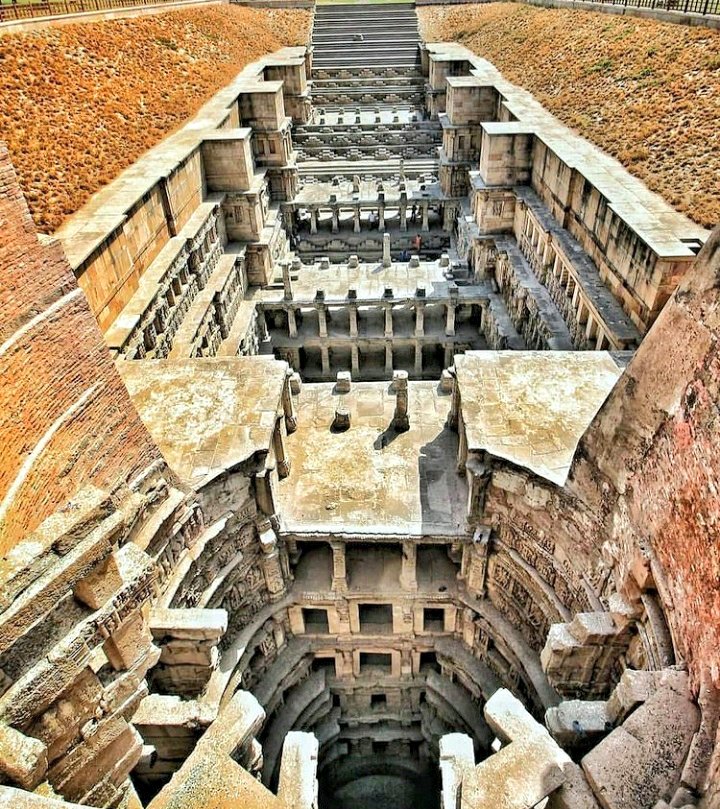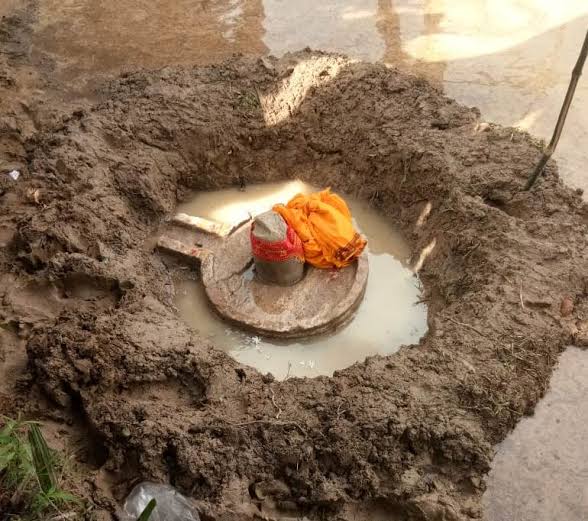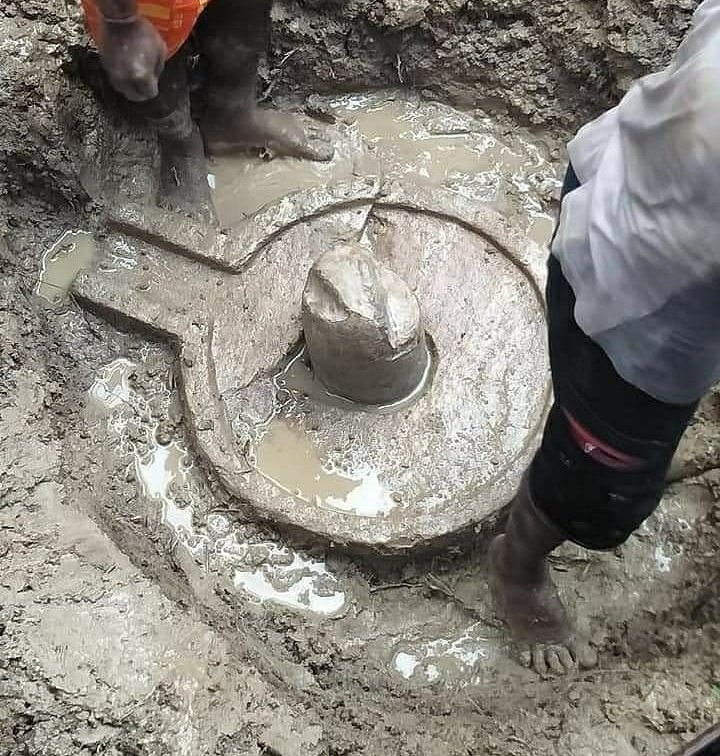
🚩The Story of Unsung Valor & Sacrifice Hadi Rani & Ratan Singh.⚔️
When rightly exercised chivalry was a great blessing to the people of its time. It offered high ideals of pure-minded, warm-hearted, courtly, courageous Rajput Beliefs of honor and sacrifices.
When rightly exercised chivalry was a great blessing to the people of its time. It offered high ideals of pure-minded, warm-hearted, courtly, courageous Rajput Beliefs of honor and sacrifices.

The untold Story of Rao Chundawat Ratan Singh & his beloved wife Hadi Rani of Handa Rajput Clan is buried in the folklores of Rajasthan. The sacrifice & valor both showed to fend off Aurangzeb’s army and reach the Zenith of Immortality is less known. 

Handi Rani has been given a special place in the golden history of Rajasthan, especially Mewar.Not only this, a woman battalion was formed in Rajasthan Police in the name of this heroine after being impressed by her valor and sacrifice. Which is named Hadi Rani Mahila Battalion. 

This story dates back to the 16th century, when Mewar was ruled by Raja Raj Singh. Whose feudal lord was Rao Chundavat Ratan Singh. Ratan Singh had recently been married to Hadi Rani, daughter of Hada Rajput chieftain. It was not even long after the 

wedding dt Chundavat Ratan Singh received the msg of Maharana RajSingh, in which RatanSingh was instructed to stop the reinforcement army coming frm Delhi fr Aurangzeb’s hlp. The treacherous Turks undr Aurangzeb who hd invaded Mewar were abt to rcv major reinforcements frm Delhi!
Blessed wth d glorious opportunity to defend the honour of the Motherland, Ratan Singh was ordered to stp & obliterate d enemy reinforcements.
On d other hand, Rani’s mehndi hadn’t even dried & in such a situation, Decree to go to war was a very difficult order for Ratan Singh.
On d other hand, Rani’s mehndi hadn’t even dried & in such a situation, Decree to go to war was a very difficult order for Ratan Singh.

Despite this, Rao Chundavat Ratan Singh gave orders to his army to prepare for the war, despite the fact that Rao loved Hadi Rani so much that he wouldn’t want to stay away from her even for a single moment. He still marched to a battle with impossible odds without hesitation,.. 

as the honour of the land turned sacred by ashes of his ancestors called to him to defend its traditions.
In such a situation, when Hadi Rani came to know about this, she prepared her husband Rao Ratan Singh to go to war and sent them away, wishing for victory.
In such a situation, when Hadi Rani came to know about this, she prepared her husband Rao Ratan Singh to go to war and sent them away, wishing for victory.

When he left, he left without saying goodbye-or at least not in the manner he should have. After this Ratan Singh traveled from the palace with the army, but his attention was still on the queen.
In the midst of fierce battle against the Hunnic horde,
In the midst of fierce battle against the Hunnic horde,
Ratan Singh sent a messenger to his wife asking for a token to keep her in mind as this battle might be the last before he reunite with his lofty ancestors in the realm of the Gods.
The messenger conveyed the msg of the king to the queen and She felt that in the event of war,
The messenger conveyed the msg of the king to the queen and She felt that in the event of war,
her husband’s mind would remain with her, how would he get Vijay Shri and eradication of the horde, how would the sacred be saved from desecration?
Then Rani ordered the messenger to take her last message and her final token to the king, She took her sword out and
Then Rani ordered the messenger to take her last message and her final token to the king, She took her sword out and
decapitated her head as a token of memory for her husband. She attained immortality by paying the price of victory with her own head, standing strong like the fierce Goddess Chhinnamastika.Viragana like the Handi Queen became a unique example of sacrifice for this earth. 

Ratan Singh was devastated, but he realized his folly in not giving his absolute best in the battlefield.
Rao tied her head to his neck, wearing it like a locket(amulet), and then descended upon the unruly Turkic horde like Indra on Vritra.
Rao tied her head to his neck, wearing it like a locket(amulet), and then descended upon the unruly Turkic horde like Indra on Vritra.

The enemy was decimated without leaving any trace of life. The motherland was saved. Ratan Singh enabled the victory against Aurangzeb’s army. The Turkic army was humiliated, never again during the reign of Raj Singh it ever tried to pull its imperialistic designs on Mewar. 

Ratan Singh was awarded with martyrdom, reuniting with his wife, ancestors, and the gods.
🚩⚔️🙏
🚩⚔️🙏
Credit- diarylalit. wordpress. com
• • •
Missing some Tweet in this thread? You can try to
force a refresh















